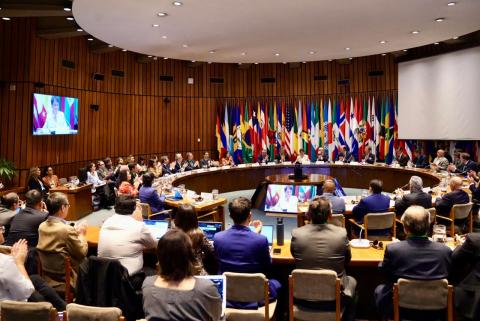News
A new challenge for the different components of the logistic chain dedicated to the maritime international trade has arisen in Latin American and the Caribbean since the new IMO SOLAS new regulation related to the mandatory Verified Gross Mass (VGM) was decreed and is expected to go into effect from July 1st, 2016. The SOLAS2 Convention amendment makes the shipper, the captain of the vessel, the terminal representative and the national authorities responsible for each vessel meeting the IMO (International Maritime Organization) requirements contained in this amendment. Of the 171 IMO, 162 Member States have signed the SOLAS and must, therefore, implement the necessary actions for achieving the objective pursued. The launching of the regulation will depend on the transport, maritime and/ or national authorities who must find the method for complying with it, and simultaneously fit the local reality. The capacity to achieve this purpose will depend on the individual policies and laws of every particular country, the role of each stakeholder of the logistic chain, to whom the responsibility of an overweighed or underweight container is entrusted, which methods will be used to implement the mandatory regulation, who will be the beneficiaries with this amendment, as well as whether the necessary infrastructure is in place to achieve the compliance of this challenge.


